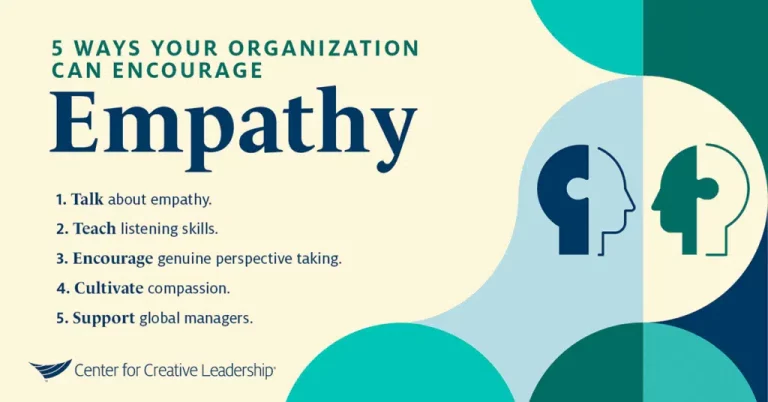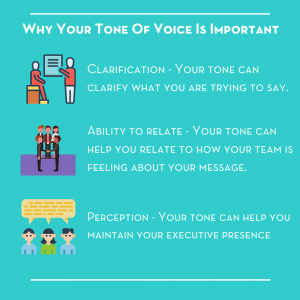The Ripple Effect on Communication
Communication is a powerful tool that can have a ripple effect, leaving a lasting impact on those we interact with. Whether it’s a casual conversation with a friend, a business presentation, or a social media post, the way we communicate can shape the attitudes, behaviors, and emotions of others. In this article, we’ll explore the concept of the ripple effect in communication and how your words can create a positive influence.
Understanding the Ripple Effect
The ripple effect is a phenomenon where the impact of an event or action spreads outwards, creating a series of reactions or consequences. In the context of communication, the ripple effect occurs when our words and messages resonate beyond the immediate interaction, influencing the thoughts and actions of others in the process.
Think of a pebble being dropped into a pond – the initial splash creates a series of expanding ripples that reach the farthest edges of the water. Similarly, when we communicate, our words and expressions can have a far-reaching impact, shaping the perspectives and attitudes of those around us.

Credit: iaitam.org
The Power of Positive Communication
Positive communication has the potential to create a ripple effect that uplifts and inspires others. Whether it’s offering words of encouragement, expressing gratitude, or providing constructive feedback, positive communication can cultivate a supportive and nurturing environment.
When we communicate with positivity and empathy, we can inspire others to do the same. People are more likely to respond positively to messages that are delivered with kindness and understanding, creating a ripple effect of goodwill and camaraderie.
Creating Lasting Connections
Effective communication is essential for building and maintaining meaningful connections. When we communicate with sincerity and authenticity, we can establish connections that have a lasting impact. By actively listening, showing empathy, and being transparent in our communication, we can build trust and strengthen our relationships.
Moreover, the connections we form through effective communication have the potential to extend beyond individual interactions, creating a network of positive influence that spans across various social and professional circles.
Harnessing the Ripple Effect for Change
Communication can be a catalyst for change, and the ripple effect can serve as a powerful force for driving positive transformations. By effectively conveying messages that advocate for social justice, environmental sustainability, or organizational progress, we can ignite a ripple effect that inspires and mobilizes others to take action.
When we communicate with conviction and clarity, our messages can galvanize others to join in our cause, amplifying the impact and reach of our efforts. The ripple effect of our communication can ripple outwards, creating a wave of change that extends far beyond our initial intentions.
12 Positive Aspects of the Ripple Effect on Communication
Communication is a dynamic force capable of creating ripples that extend far beyond the immediate exchange of words. The positive ripple effect in communication refers to the transformative impact that effective and positive interactions can have on individuals, relationships, and communities. Let’s explore ten aspects of the positive ripple effect that highlight the transformative power of intentional and constructive communication.
- Fostering Understanding: Effective communication is a bridge to mutual understanding. When individuals engage in open and empathetic conversations, they cultivate a shared understanding of perspectives, fostering harmony and unity.
- Spreading Good Ideas and Innovation: Effective communication can facilitate the spread of good ideas and promote innovation. When a positive message resonates with others, it can lead to collaboration and the development of new solutions and initiatives.
- Building Trust: Trust is the bedrock of any healthy relationship. Positive communication contributes to the establishment and reinforcement of trust, creating a solid foundation for collaboration and cooperation.
- Empowering Individuals: The ripple effect of positive communication empowers individuals to express themselves authentically. When people feel heard and valued, they are more likely to embrace their own voice and contribute meaningfully to conversations.
- Cultivating Positive Relationships: Positive communication acts as a catalyst for cultivating and maintaining positive relationships. It encourages expressions of gratitude, appreciation, and affirmation, creating a supportive and uplifting social environment.
- Inspiring Confidence: The ripple effect extends to bolstering confidence. Constructive and encouraging communication can inspire individuals to believe in their abilities, fostering a positive self-image and a can-do attitude.
- Promoting Collaboration: Effective communication is essential for successful collaboration. When individuals communicate clearly and respectfully, they create an environment where teamwork flourishes, leading to innovative solutions and shared accomplishments.
- Encouraging Emotional Well-being: Positive communication contributes to emotional well-being by providing an outlet for the expression of emotions and fostering empathy. A supportive communication environment helps individuals navigate challenges and build resilience.
- Spreading Positivity: Positive communication has a contagious quality. The ripple effect spreads positivity from person to person, creating a virtuous cycle where each positive interaction contributes to a more optimistic and uplifting social atmosphere.
- Cultivating a Culture of Respect: Respectful communication sets the tone for a culture of respect within families, workplaces, and communities. When individuals treat each other with dignity and consideration, it creates an environment where everyone feels valued.
- Contributing to Social Harmony: On a broader scale, the positive ripple effect in communication contributes to social harmony. When communities engage in respectful and inclusive communication, it fosters a sense of unity and shared purpose, reducing misunderstandings and conflicts.
- Inspiring and Motivating Others: A positive message or successful communication can inspire and motivate others to take action, pursue their goals, or support a cause. This ripple effect can lead to a chain reaction of productivity and positive change.
The positive ripple effect in communication is a powerful force that shapes the fabric of our interactions and relationships. By understanding and intentionally leveraging the transformative power of positive communication, individuals can create a chain reaction of positivity that extends beyond themselves. From fostering understanding and building trust to inspiring confidence and contributing to social harmony, the positive aspects of the ripple effect highlight the profound impact that intentional and constructive communication can have on individuals and the world at large. As we embrace the positive ripple effect, we contribute to a more connected, empathetic, and harmonious global community.
7 Negative Aspects of the Ripple Effect in Communication
While communication has the power to create positive ripples that foster understanding and connection, it also carries the potential for negative consequences. The ripple effect in communication can amplify misunderstandings, create tension, and lead to unintended consequences. In this exploration, we delve into seven negative aspects of the ripple effect in communication, emphasizing the importance of awareness and intentional dialogue.
- Misinterpretation and Misunderstanding: Communication is inherently complex, and the ripple effect can magnify the risk of misinterpretation. A seemingly innocuous message can be misconstrued, leading to misunderstandings that reverberate through relationships, causing confusion and conflict.
- Escalation of Conflict: Negative communication patterns, if left unchecked, can escalate minor disagreements into full-blown conflicts. The ripple effect can amplify negative emotions and contribute to a toxic atmosphere, damaging relationships and eroding trust.
- Spread of Gossip and Rumors: Negative communication has a propensity to fuel gossip and rumors. What begins as a small, negative remark can cascade into a wave of misinformation, damaging reputations and creating an environment of distrust.
- Erosion of Trust: Trust, once eroded, is challenging to rebuild. Negative communication, whether through deceit, manipulation, or betrayal, can lead to a breakdown of trust within relationships and communities, fostering an atmosphere of skepticism and suspicion.
- Isolation and Alienation: The ripple effect of negative communication can contribute to feelings of isolation and alienation. Individuals who experience hurtful or exclusionary communication may withdraw from social interactions, leading to fractured relationships and diminished well-being.
- Cultural and Social Division: In a broader context, negative communication can contribute to cultural and social division. Stereotypes, discriminatory language, and prejudiced communication can deepen existing divides, hindering the possibility of collaboration and understanding between diverse groups.
- Psychological Impact: The negative ripple effect in communication can have a profound psychological impact on individuals. Harsh criticism, constant negativity, or demeaning language can lead to feelings of inadequacy, anxiety, and even depression, affecting mental health and overall well-being.
- Undermining Morale and Confidence: Negative communication can erode morale and confidence, creating a sense of unease and dissatisfaction among individuals who are affected by the ripple effect. This can lead to decreased productivity and engagement.
- Impeding Collaboration and Progress: When negative communication spreads through a ripple effect, it can impede collaboration and hinder progress. Individuals may become reluctant to engage with others, leading to a breakdown in teamwork and innovation.
Frequently Asked Questions
What Is The Ripple Effect In Communication?
The ripple effect in communication refers to the way messages spread and impact others.
How Does The Ripple Effect Affect Communication?
It influences how information is received, interpreted, and transmitted, shaping overall understanding.
Why Is Understanding The Ripple Effect Important?
Recognizing it empowers individuals to craft more effective and impactful communication strategies.
Can The Ripple Effect Improve Communication Strategies?
Yes, understanding and utilizing it can enhance the effectiveness of communication efforts.
Conclusion
Communication is not just about exchanging words – it’s about the ripple effect of our words, the lasting impact that extends far beyond the immediate interaction. By recognizing the power of our communication and understanding the potential ripple effects of our words, we can harness this influence to create a positive and lasting impact on those around us.
So, let’s strive to communicate with empathy, positivity, and purpose, knowing that our words have the potential to create a ripple effect that can shape the world in meaningful ways.


